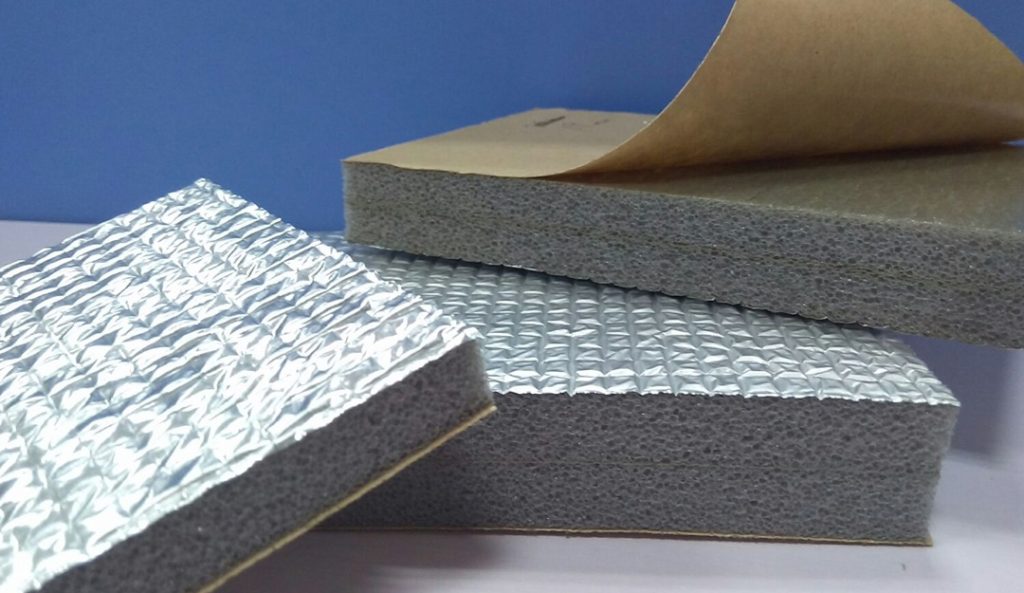Which non-metallic minerals can be used for thermal insulation?

Thermal insulation materials are involved in both industrial facilities and civil buildings. Non-metallic minerals (things) or mineral materials with thermal insulation properties are an important class of inorganic thermal insulation materials, which can be widely used as thermal insulation for industrial facilities and civil buildings. To achieve the purpose of saving energy and reducing consumption and reducing carbon.
Many non-metallic minerals (materials) have excellent thermal insulation properties by themselves or after processing, and can be used as thermal insulation materials. Such as pumice (stone), porous basalt, diatomite, etc., which are light porous or honeycomb rocks, can be directly used as building wall insulation materials; and serpentine asbestos, sepiolite fiber and Fibrous minerals such as palygorskite fibers can be directly used as thermal insulation materials for industrial facilities and building walls; industrial vermiculite, perlite, shale, etc. can be prepared after high-temperature expansion treatment for expanded vermiculite, expanded perlite, Expanded shale, etc., and further processed into thermal insulation products such as insulation boards, pipes, and blocks.
Utilize serpentine asbestos, sepiolite fiber, palygorskite fiber, etc. can be made into velvet, yarn, thread, cloth, board, cotton felt, pipe, etc. and further processed into fiber insulation products or profiles; porous mineral materials For example, pumice, expanded vermiculite, expanded perlite, diatomaceous earth and gypsum are processed into porous insulation materials or profiles; foamed asbestos, expanded gypsum, expanded perlite and expanded vermiculite can be prepared through foaming treatment Porous foam material products; asbestos-diatomite composite coatings, sepiolite-based composite silicate thermal insulation materials, expanded pearl rock wool thermal insulation mortar or coatings and other composite thermal insulation materials or products can be prepared through composite processing.
Insulation materials have common characteristics such as low thermal conductivity, small bulk density, often loose and porous, and poor hygroscopicity. The heat conduction mechanism of non-metallic minerals (things) and mineral materials is different from that of metal materials. Metallic materials mainly rely on electron movement to transfer heat, while non-metallic minerals (objects) and mineral materials are usually dielectrics, and the transmission of heat energy mainly depends on lattice vibration. Non-metallic minerals (materials) and mineral materials and products used as thermal insulation materials usually have low thermal conductivity and porous characteristics, so they often have the functions of light weight, sound insulation and sound absorption, and flame retardant and fire prevention.
For example, the small interlayer space or cavity of expanded vermiculite and expanded perlite greatly reduces the thermal conductivity and loose density, and has good thermal insulation, heat insulation, insulation, flame retardant and other properties, and its chemical properties are stable. , and has antibacterial and weather resistance properties. Therefore, expanded vermiculite and expanded perlite products can be widely used as industrial and civil thermal insulation materials, etc., and meet the requirements of high temperature resistance in industrial engineering thermal insulation and energy saving, as well as the thermal insulation and durability requirements of almost all civil building heating facilities Wait. However, most organic thermal insulation materials still have relatively large limitations in terms of price, fire prevention and durability, and it is difficult to meet relevant requirements.
The production temperature of non-metallic mineral insulation materials and products is mostly normal temperature, even the expansion processing temperature of vermiculite or perlite is lower or far lower than 1200 °C. The production temperature of other commonly used inorganic non-metallic fiber materials, such as mineral wool, glass fiber, foam glass, etc., is as high as 1200-1450 °C.
Therefore, compared with other inorganic non-metallic thermal insulation materials, the thermal insulation properties of non-metallic minerals (things) and mineral materials not only have outstanding energy-saving and consumption-reducing effects in the production and processing process, but also their thermal insulation products play an important role in industrial and civil buildings. Extensive use can greatly reduce the energy dissipation of industrial and civil facilities, thereby achieving the purpose of energy saving and carbon reduction, which is of great significance for helping carbon emission reduction and carbon peaking.
